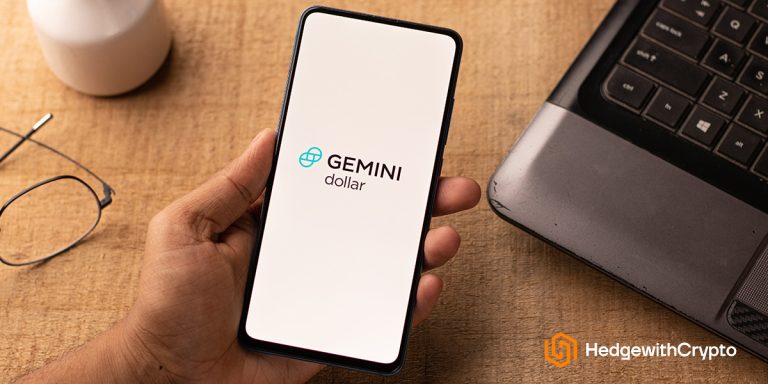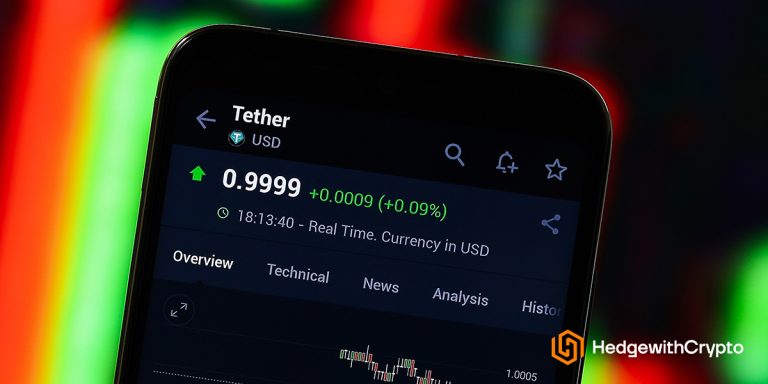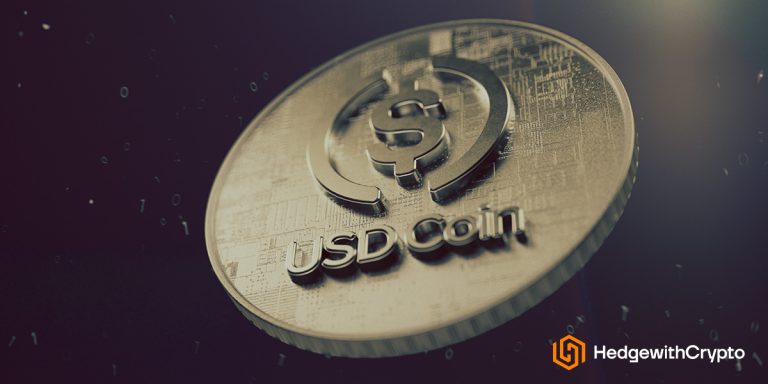What Is Tether (USDT), How It Works & Should You Trust It?
Key takeaways:
- Tether (USDT) is a digital currency whose value is pegged against the US Dollar at a 1:1 ratio and backed by reserves.
- The stability of the coin's value enables it to have a wide spectrum of real-world applications, including facilitating peer-to-peer transactions, enabling cross-border payments, and serving as collateral for lending and borrowing products.
- Newly minted Tether coins are pegged to the US Dollar. Fluctuations of more than 0.01 cent are considered large and rare occurrences.
TABLE OF CONTENTS
Let's Explain What Is Tether
Tether (USDT) is a blockchain cryptocurrency pegged to the United States Dollar on a 1-to-1 basis and backed by reserves. The number of tokens in circulation is backed by an equivalent amount of US Dollars held in a bank account, which pegs the value of 1 Tether to the equivalent of USD 1. That is, 1 USD₮ = 1 USD, which is 100% backed by Tether’s reserves and can be verified daily.
Tether was developed to solve the inherent volatility problem in the cryptocurrency market and to facilitate blockchain-based transactions using a stable and familiar unit of account. The supported real-world currencies include the US Dollars (USD), Euros (EUR), and the offshore Chinese Yuan (CNH). Since its inception to the market, Tether has become the most widely used stablecoin with a current market capitalization of $73 Billion.
Founded in July 2014 by Brock Pierce, Craig Sellars, and Reeve Collins, Tether was the first blockchain-enabled platform to use a stable accounting unit based on the US Dollar. Cryptocurrency exchange Bitfinex initially developed Tether as a stablecoin to incentivize peer-to-peer transactions without exposing users to additional volatility risks.
What Is Tether Used For?
The price stability and familiar unit of account enabled Tether to be widely used in the blockchain industry in various products and services. USDT's most common applications include facilitating peer-to-peer transactions and trading between cryptocurrencies, cross-border payments, and collateral in decentralized lending and borrowing products.
Before Tether was introduced, cryptocurrencies were mostly paired against Bitcoin, which presented two primary risks:
- The value of the token fluctuated with the price of Bitcoin
- Difficult to comprehend the value of satoshi's for new investors
To solve this problem, USDT was integrated as a reliable token pairing standard across the leading crypto exchanges and substituted the BTC standard in 2017. USDT pairings became widely accepted by the industry due to a familiar real-world fiat pairing to crypto. As a result, Tether is the most popular digital currency for trading between cryptocurrencies with the most pairings compared to other stablecoins.
This Is How Tether Is PEgged At USD 1
A common question is how the value of Tether remains fixed at the equivalent of USD 1. Each newly minted USDT token is anchored to the US Dollar on a 1-to-1 basis and stored in the company's treasury. There are often small price discrepancies with the price of USDT, with the price dropping below and above $1 occasionally. Larger fluctuations greater than 0.01 cent are extremely rare and have occurred in 2021.
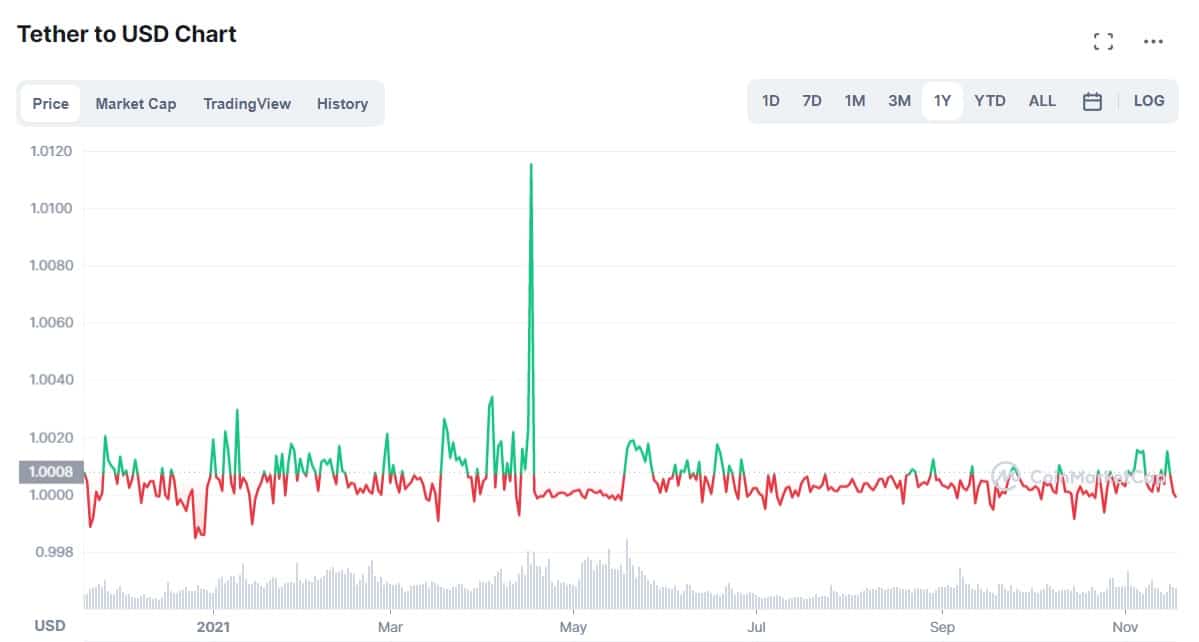
Tether has a governing body that makes decisions on financial and issuance matters. The Treasury owns several assets other than USD to diversify its exposure to multiple financial instruments. If Tether were to be liquidated, the company could sell most of its treasury assets and still maintain the 1:1 peg according to Tether's bank balances and the value of its reserves.
Investing In Tether Isn't A Good Idea
Tether is a good investment as it offers better access to cryptocurrency assets and minimizes investment risks by detaching itself from price volatility. USDT decreases friction when swapping cryptocurrencies and increases transaction speeds compared to using traditional currency. In addition, Tether is useful for cross-border payments as it does not require crypto-to-fiat conversions and bypasses governmental authorities and banks. Unlike cryptocurrencies which can gain value over time, Tether does not appreciate due to the 1 to 1 peg with the US Dollar. Therefore, selling Tether to gain capital is not possible.
Is Tether A Safe Stablecoin?
Tether is one of the safest stablecoins that is built using blockchain technology that features leading cryptographic security protocols that are open-source and 100% verifiable on the public network. All USDT tokens in circulation are pegged on a 1 to 1 basis with the US dollar, which can be verified at any time by examining the daily records of its bank balances and published reserves.
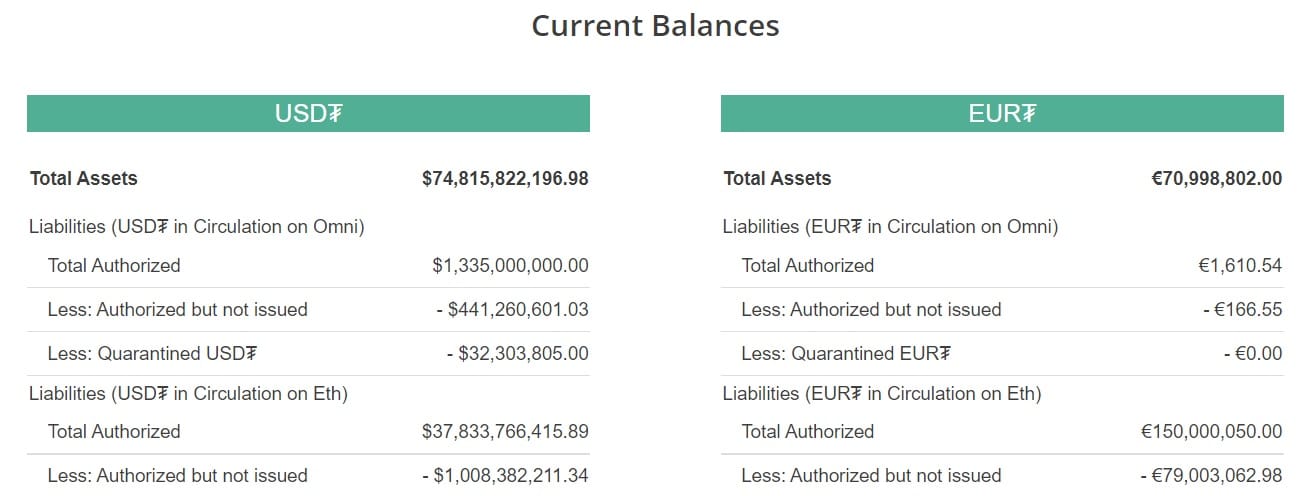
A risk present with Tether is due to the centralized nature of the company, Tether Limited. Unlike decentralized cryptocurrencies such as Bitcoin, the company is in control of the issuance of new USDT tokens. While the company cannot withdraw tokens, there is a risk that the tokens will become worthless or redundant if the company goes bankrupt.
Furthermore, economic factors such as a decline in the global economy or USA's GDP could have unwanted effects on the value and stability of the USD. This could influence the company's stability and, consequently, the value of USDT. In short, both USD and USDT will lose much of their purchasing power under these circumstances.
It Is Possible For Tether To Crash
Based on our analysis, there are two possible causes as to how Tether could crash. Firstly, Tether Limited which issues and governs USDT tokens could become insolvent or even become bankrupt as some crypto exchanges have recently. Secondly, a loss of confidence causes investors to switch to an alternative stablecoin for transactions making Tether a redundant cryptocurrency.
As Tether is a centralized cryptocurrency, its survival is hinged on the company that issues and governs new USDT tokens. If Tether Limited is forced to liquidate its assets and reserves, the consequences would have a catastrophic ripple effect through the crypto market.
Why Is Tether Controversial?
Tether and Bitfinex have taken the spotlight for all the wrong reasons. There have been concerns over price manipulation and whether the amount of cash reserves in Tether's Treasury is enough to justify the 1 to 1 peg with the US Dollar.
Tether was the subject of an investigation regarding price manipulation in 2017 and 2018. An official report found no publicly auditable records show any new token issuance as of August 2018. In 2021, the US Attorney General reached a settlement with Tether and Bitfinex to pay $42.5 million; however, Tether Limited and Bitfinex did not admit the allegations despite paying the fine. For these reasons, investors have turned to alternative stablecoins to Tether, such as USD Coin and Binance USD. For more information, read our comparison of USDT vs USDC, which outlines their differences and which is safer for investing.
In 2021, following concerns about Tether's unwarranted exposure, Tether showed that the company had only 2.7% of its entire treasury in cash. The rest of the holdings were in commercial papers, a form of short-term debt. Furthermore, there are reports Tether had exposure to Evergrande Chinese commercial papers despite the company stating otherwise.
Frequently Asked Question
Is Tether Good or Bad For Crypto?
Tether is beneficial to the industry as it increases the accessibility for anyone to get involved and use digital currencies. The stablecoin acts like a glue that brings together fintech business', wallets, payment processes, financial services and ATM's together onto the blockchain.
Is Tether Legal In The United States?
Tether Limited is registered in the British Virgin Islands and is not regulated in any country including the United States. However, USDT is a cryptocurrency that does not belong to any financial system. Therefore, the laws governing cryptocurrencies apply to Tether which can be bought, traded and sold using a crypto exchange in the US.
